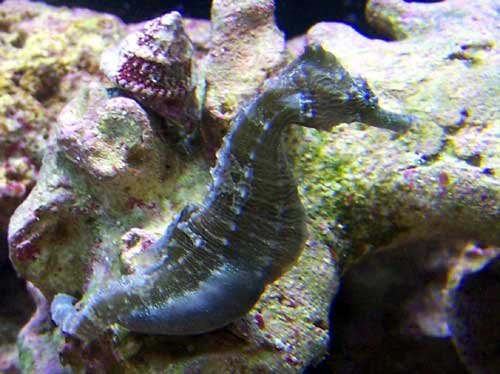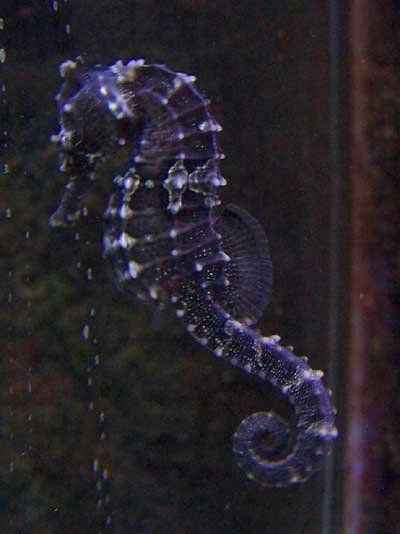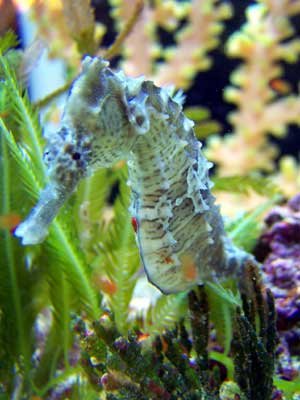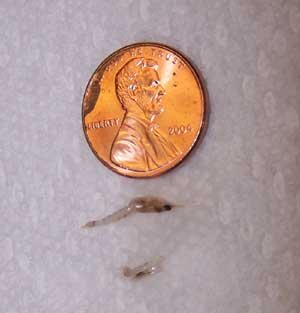Wow, I ignore my thread for a day and look what happens. I'll just try to hit a couple points brought up in the last few posts.
My male also mates the day after giving birth. He has a brood pretty much every 14 days give or take a day. I haven't attempted raising them yet and have been giving them away to local reefers - none have been successful as yet.
Feeding them twice a day, I'm sure would be an issue with water quality in smaller systems, but the fact that I have so much water and only 4 seahorses and a mandarin helps me keep my numbers down. Nitrates are at 2.5 and phosphates are at .03. Could be better, and I'm only doing 20% water changes every other week. I might start the old 10% weekly and see how that goes. I did take the chance and add feather caulerpa to the main tank. It's taking off and probably helping with nutrient export. I also have chaeto in my fuge and an ASM G3 skimming wet.
I really want to stress PE Mysis for anyone who is interested in keeping seahorses. Gorge from Draco marine feeds even his tiniest of horses these larger shrimp and they chew them down. They have 69.5% protein compared to Hikari's 10%. As I said, I've noticed them get plumper, and I'm also noticing some color changes in 2 of them since switching to PE. If you look at the first pics I posted - you'll see one really dark, almost black female. She's now kind of gray on the edges and a peach/yellow on the inside with silver patches. I'll have to post new pics tonight. In addition, they are all much more active. So, even if you have smaller sized horses, and two of mine are pretty tiny - try PE Mysis. I'm really impressed so far.
Next step, after flatworms are taken care of, will be to add some peaceful tank mates (maybe a male mandarin and a few cardinal fish) and finally to attempt raising one of these broods.




